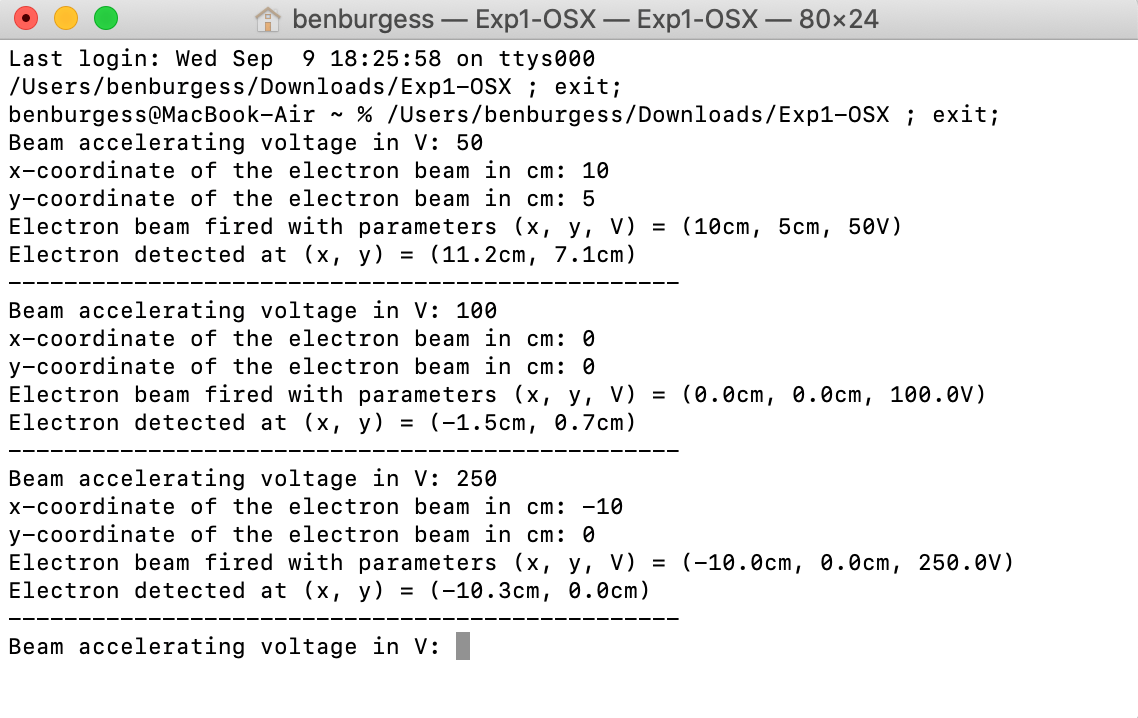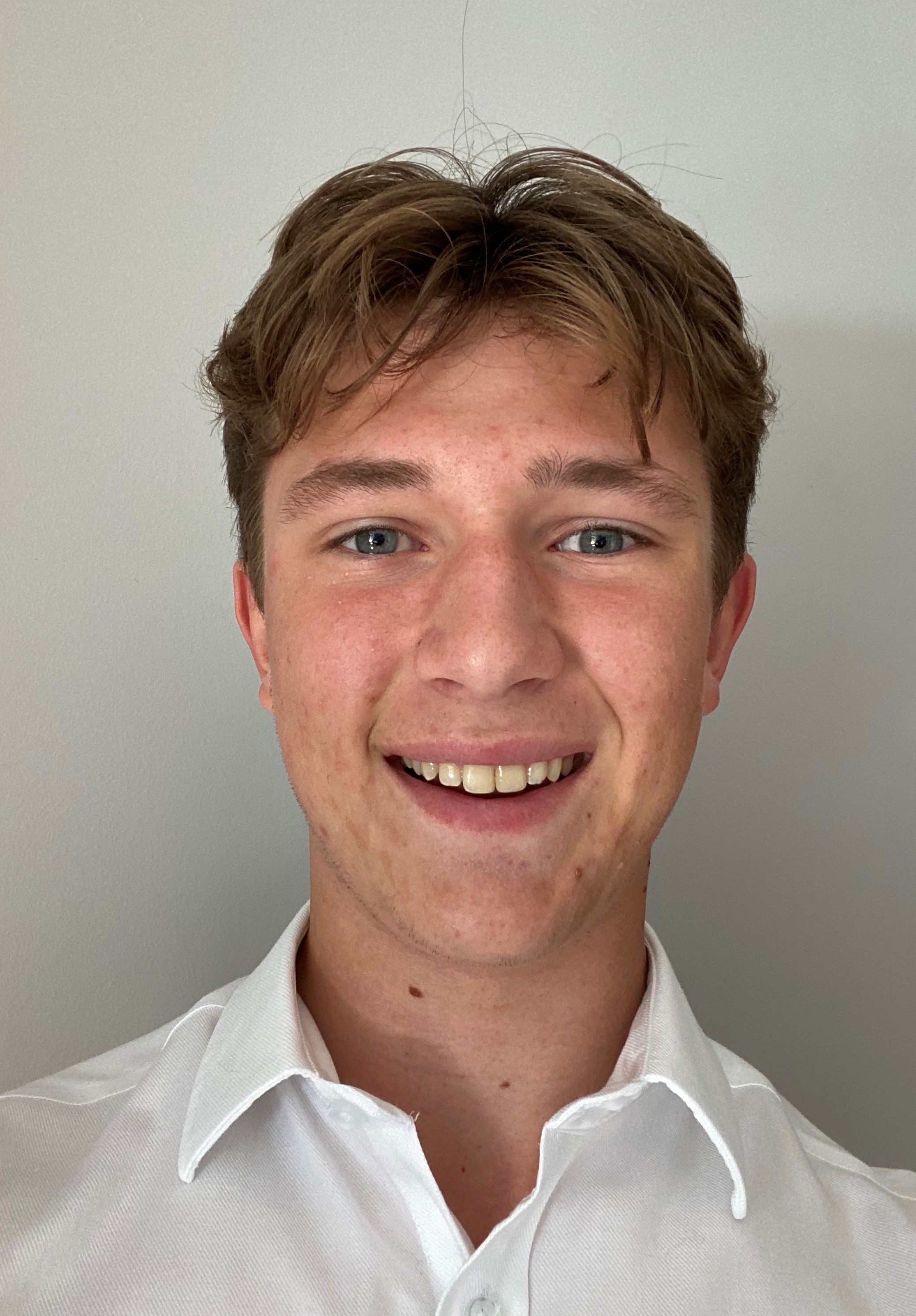|
Ben reports on his team’s experience at the Physics Olympiad this Summer
Ben Burgess (2015-2020 WW) was invited to be part of a five-strong British team for an international physics competition this summer, after excelling in earlier rounds of a UK-wide competition. In this article, Ben describes how the team had to adapt to changes caused by the pandemic and describes some of the scientific puzzles he and his teammates faced.
This July, five UK students took part in the European Physics Olympiad (EuPhO). Initially, we were meant to compete in the international event (IPhO) in Lithuania, which was sadly cancelled due to COVID-19. However, in the end, 53 teams competed in a European event, including many non-European ‘guest’ nations, which made the competition almost as fierce as ever.
We began our preparation for the EuPhO with the ‘Oxford’ training camp in March (actually held this year in the less historic setting of the GoToMeeting app). This mainly entailed a series of ‘lectures’ on various topics that aren’t covered in enough depth at A-Level. There were also plenty of tricky problems to solve in between, and a write-up of an experiment done over YouTube. To choose the final five for the team, we then sat an exam and submitted some extra work, then waited an anxious few days to hear the decision.
Having been selected, the next few months were spent looking at past questions from physics olympiads; with A-Levels cancelled, we all suddenly had a lot of free time! We were set a few questions at a time, and then we would meet (virtually) to go through and discuss the solutions, helping to learn more of the content of the rather extensive IPhO syllabus. When the IPhO was officially called off, we began focussing on the EuPhO questions and their different style. IPhO questions tend to be divided into many parts, whereas in the EuPhO, they consist of just one or two problems, with little indication on how to approach them. In this way, they are more akin to real physics research, although sometimes a bit contrived. They are also characterised by frustratingly elegant official solutions; it was often maddening to see a problem designed to take almost two hours condensed into just a few lines!
We also spent some time looking at practical questions, although it wasn’t yet clear how we could perform a (presumably complex) experiment remotely. Eventually the solution of a ‘virtual’ experiment was settled on: we would be able to download executable files which simulated a real experiment, by allowing us to input parameters and then outputting the results. Although certainly unusual, this was still interesting and worthwhile. For one thing, the procedures being simulated could be much more complicated than most real experiments we might have done; the first question involved precisely firing and detecting an electron beam to determine the magnitude and 3D position of a fixed ‘hidden charge’ – something it would have been hard to find 200 sets of apparatus for! Furthermore, simulation is often used in actual research when a physical experiment can’t be performed, so the tasks still seemed relevant.
The EuPhO was held from 20-21 July. Each day consisted of a gruelling five-hour paper, with an 8 a.m. start time that seemed particularly unpalatable after months of lockdown lie-ins. Unsurprisingly, both were far from easy (although at least one person asked to leave the exams early, which didn’t help our confidence!). Nevertheless, soon enough, we had completed both the theory and experimental papers.
If not for Covid, this next paragraph would undoubtedly be full of fascinating cultural insights into Lithuania and anecdotes about people from all over the world. Sadly, we didn’t get to experience that part of the event and instead spent an ordinary few days at home waiting for the results to come out. This eventually happened in the closing ceremony on 27 July. Each member of the UK team was happy to receive a medal, with four bronzes and one silver.
As a team, we’d like to thank everyone who has made this fantastic experience possible for us. Particular thanks go to Robin Hughes and Anson Cheung, both for their absorbing and invaluable teaching, and their crucial organisational work.
Ben finished a very creditable 103rd and received a bronze medal for coming in the top 50per cent. Ben, who is going on to read Natural Sciences at the University of Cambridge (Gonville & Caius) writes about the specific scientific question he had to answer for the Olympiad competition.
Determine the magnitude and location of a ‘hidden charge’. To do this, we were given a computer program which simulated firing electrons past the charge. We could set the initial location and energy of the electron beam, and then run the program to see where the electron beam was deflected to by the charge (indicated in the photo below).

The height (y-position) of the charge could be found by gradually moving the beam until it was deflected exactly horizontally, and the x-position when the beam was deflected vertically.
To help find the magnitude Q and the z-position (relative to the ’screen’ at which the electrons were detected), we were given the Rutherford scattering formula on the paper. This could be combined with either some geometric insight or clever algebra to find both values; I used it in a more simplistic way, and was only able to find the product, zQ.
In general, with practical questions, finding and using a correct method to obtain results is only half the battle - equally important is identifying and reducing errors and uncertainties.
This would have been more relevant if we had been performing an experiment and taking readings ourselves, instead of just putting numbers into a computer. Nevertheless, there were still ways to fine-tune the method for greater reliability - for example, with all readings given to the nearest millimetre, ensuring that the deflection of the beam was as large as possible would make that one-millimetre uncertainty less significant.
There were also marks available for estimating the error in the final answers, with more marks given for answers that differed from the true value by less than the stated error.
Overall, this was an engaging question - it would have been completely impractical to do in person, but the physics behind it was unfamiliar and interesting.
I still think I’d have preferred to do an experiment, though - the paper was (necessarily) fairly limited in testing the experimental skills, and the real challenge lay in finding the method, making this almost akin to a second theory paper.

Ben Burgess (WW 15-20)
For more details about the Physics Olympiad please see the website here: https://eupho.ee/eupho-2020/
|
